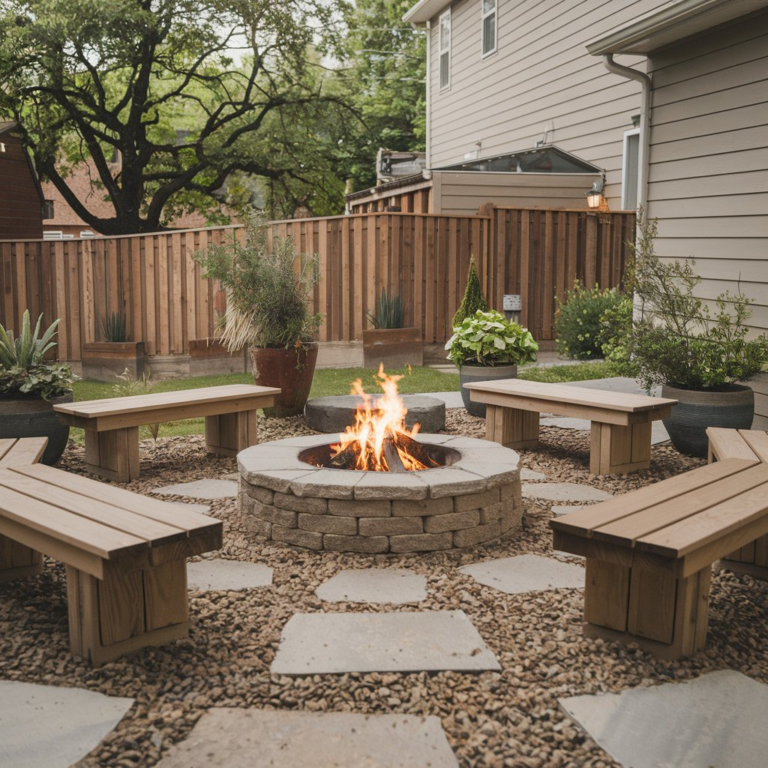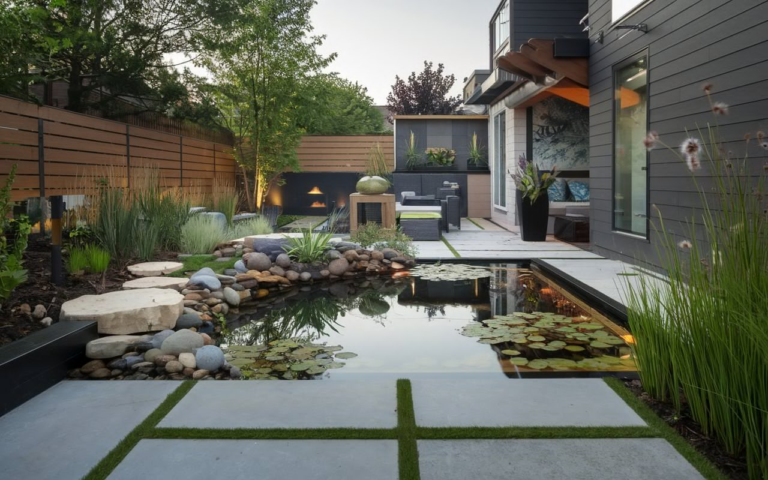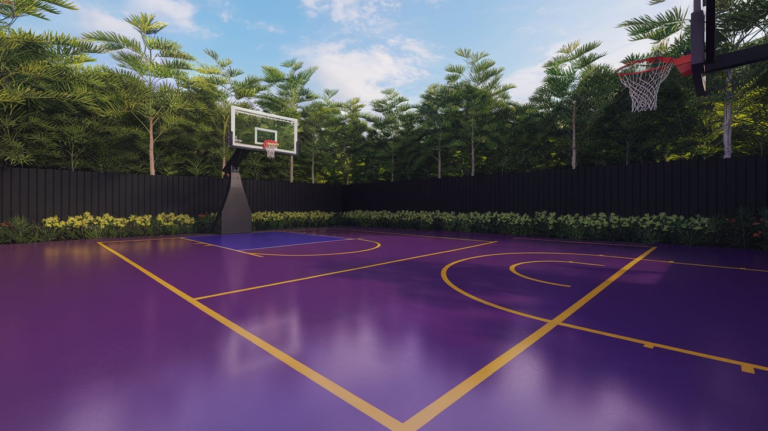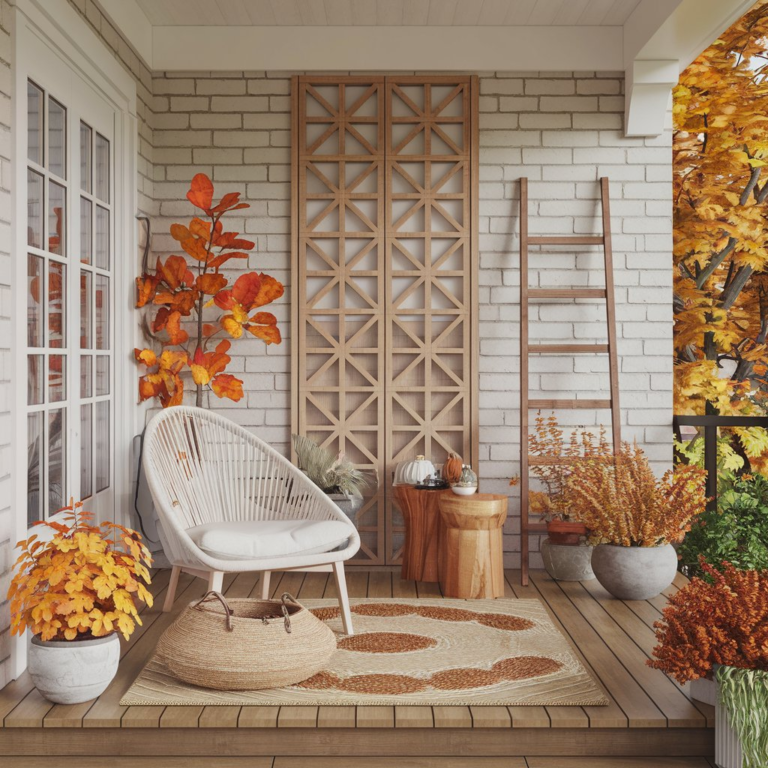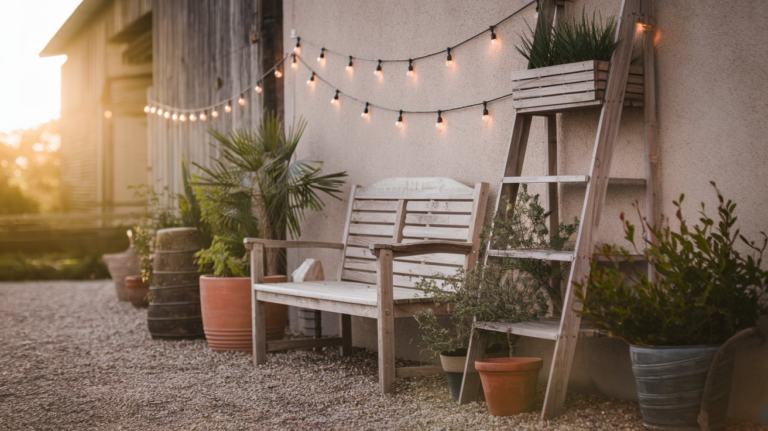29 Minimalist Office Design Ideas: Transform Your Workspace
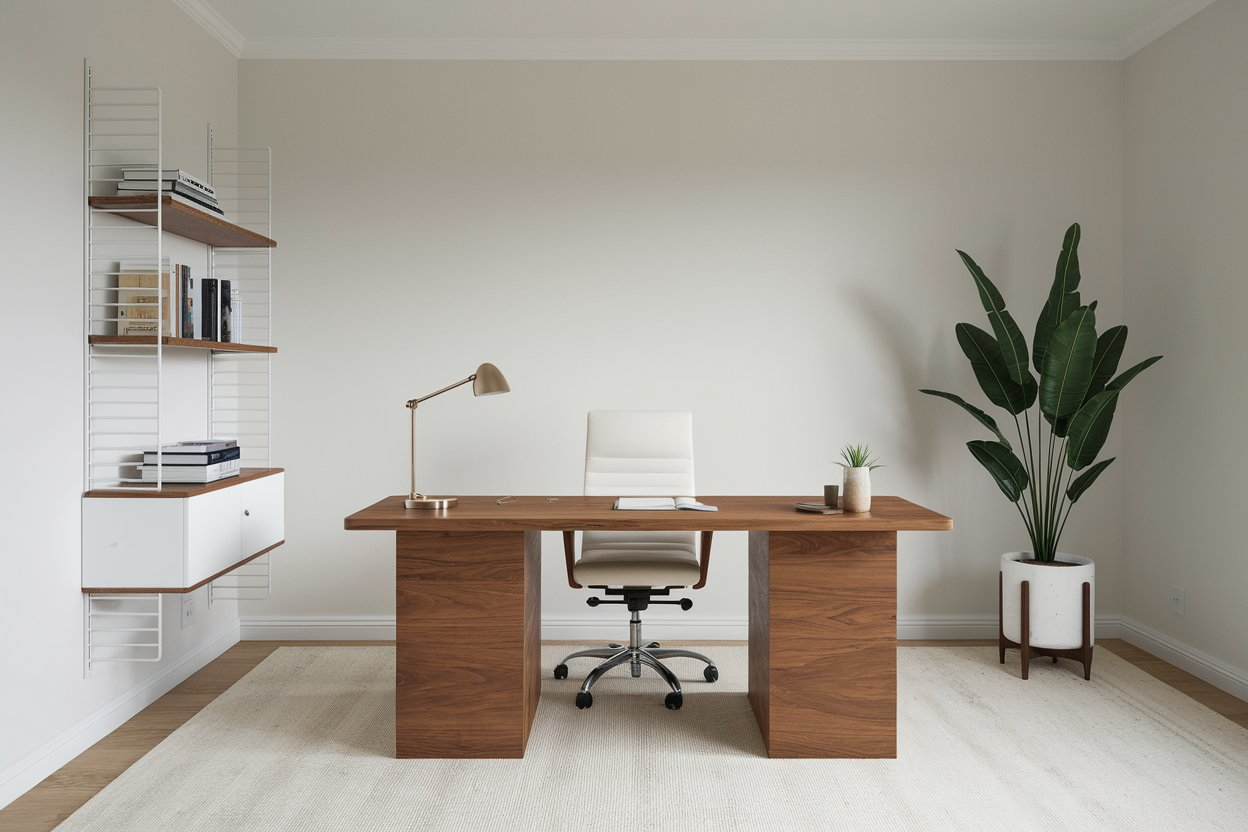
In today’s world, where distractions are abundant and the pace of life is faster than ever, creating a serene and efficient workspace has become a priority for many. A minimalist office design can help you reclaim control, enhance your focus, and foster creativity.
Imagine walking into an office where everything you need is within arm’s reach, and the clutter is nowhere to be found. That’s the power of minimalist design – it’s not just about less stuff, but about creating an environment that promotes clarity and productivity.
1. Opt for Neutral Color Palettes
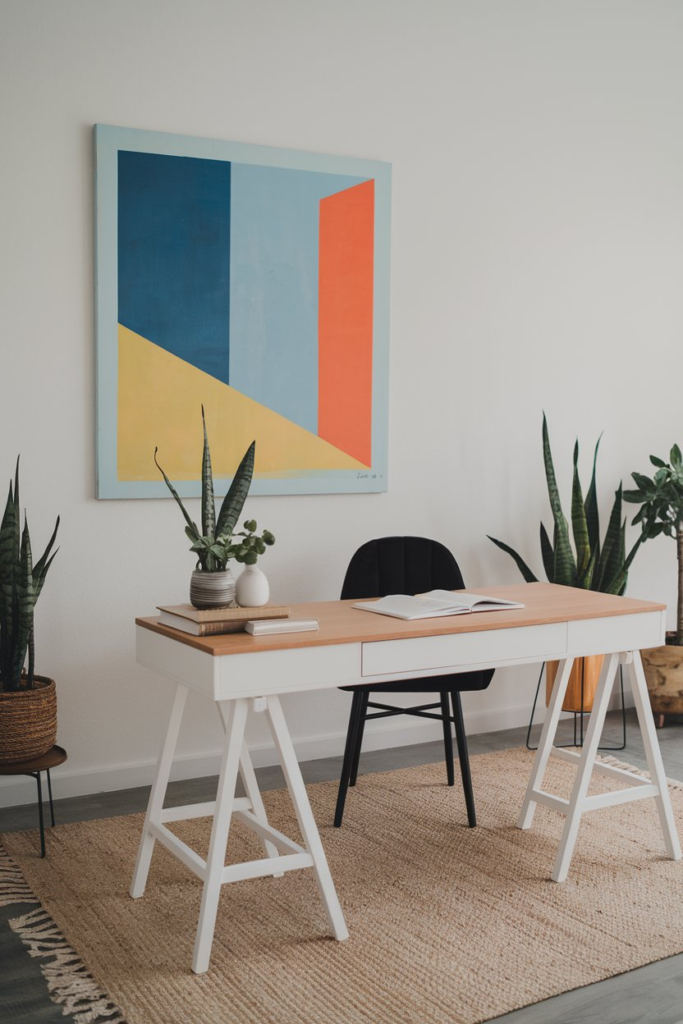
One of the simplest ways to establish a minimalist look is by choosing a neutral color scheme. Whites, grays, blacks, and beige create a calm and balanced atmosphere that doesn’t overwhelm the senses. These colors can make your office appear larger and more open, which is essential for fostering a productive environment. The trick is to keep the tones consistent and add texture through materials like wood, metal, or fabric to prevent the space from feeling too sterile.
2. Embrace Simple, Clean Furniture

When selecting furniture for a minimalist office, the key is simplicity. Sleek desks, slim chairs, and uncluttered storage solutions should be your go-to choices. Look for pieces with smooth lines and neutral tones that blend into the background rather than drawing attention. Floating desks or desks with hidden storage are especially great for reducing clutter and maintaining a clean look.
3. Declutter Your Desk

A minimalist desk is essential to keeping your workspace organized and stress-free. Start by removing unnecessary items from your desk. Keep only the essentials: your computer, a notepad, and perhaps a small plant or personal item for character. Use drawer organizers to keep pens, papers, and other office supplies out of sight, and consider a wireless charging station to eliminate cord chaos.
4. Use Open Shelving for Storage

Instead of bulky filing cabinets, consider using open shelving for your office supplies. It’s a modern alternative that helps keep your things accessible while maintaining a clean and uncluttered look. Be selective about what you display on the shelves, and keep the items well-organized to avoid a chaotic appearance. For extra style points, you can use attractive baskets or boxes to store items out of sight.
5. Maximize Natural Light

Nothing beats the energy that natural light brings into a room. Position your desk near windows, if possible, to take advantage of the daylight. Sheer curtains or blinds can help filter the light to prevent glare without blocking it out completely. If natural light is limited in your space, consider incorporating bright LED lights that mimic daylight for a similar effect.
6. Incorporate Minimalist Art
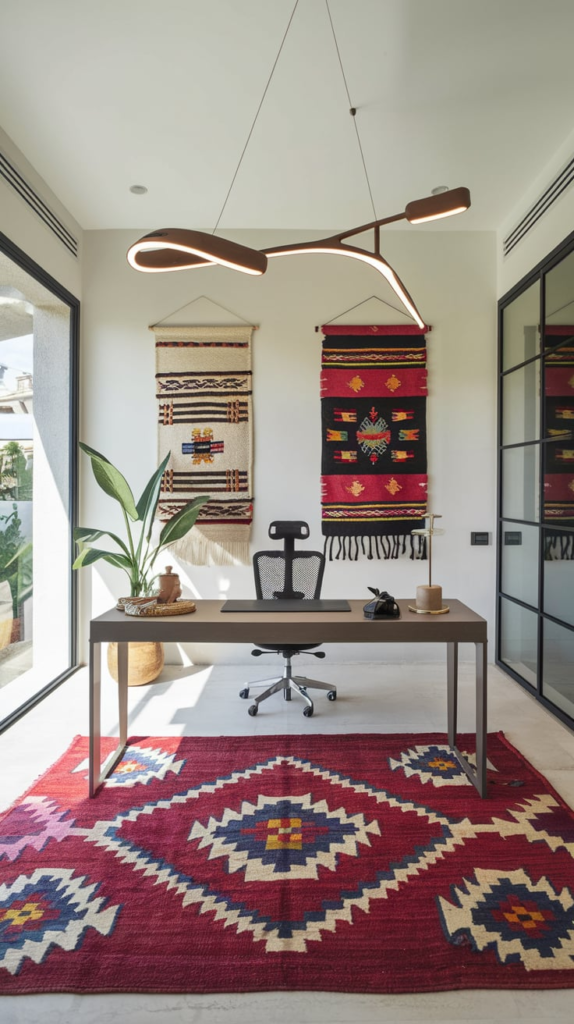
Art adds personality to any space, but minimalist office designs call for simplicity and sophistication. Instead of an array of colorful prints, focus on one or two pieces that evoke calm or inspire creativity. Abstract designs, black and white photography, or simple geometric patterns work well in minimalist spaces. Choose frames with clean lines to maintain the streamlined look.
7. Add Greenery with Simple Plants
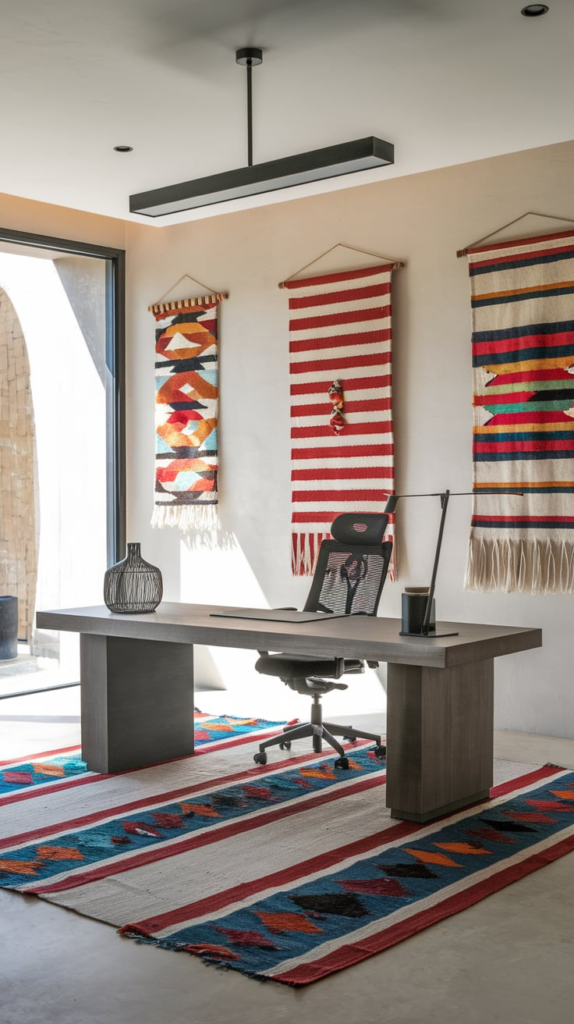
A bit of greenery can go a long way in enhancing your workspace. Succulents, snake plants, and peace lilies are perfect for a minimalist office, as they require little maintenance and add a touch of nature. Opt for sleek, simple planters that complement your color scheme, such as white ceramic pots or black metal containers.
8. Create Zones for Work and Relaxation
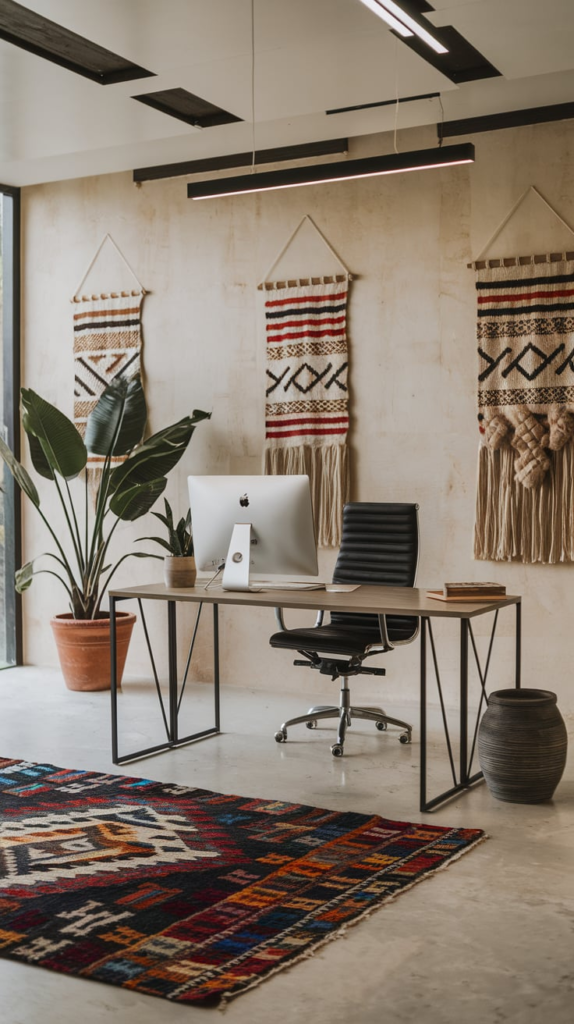
Even in a minimalist office, it’s important to have designated areas for different activities. If possible, create a separate zone for relaxation or brainstorming. A comfortable chair or a small sofa can help you step away from your desk when you need a break. By having a distinct area for relaxation, you can recharge without losing focus when you return to your work.
9. Streamline Your Tech Setup
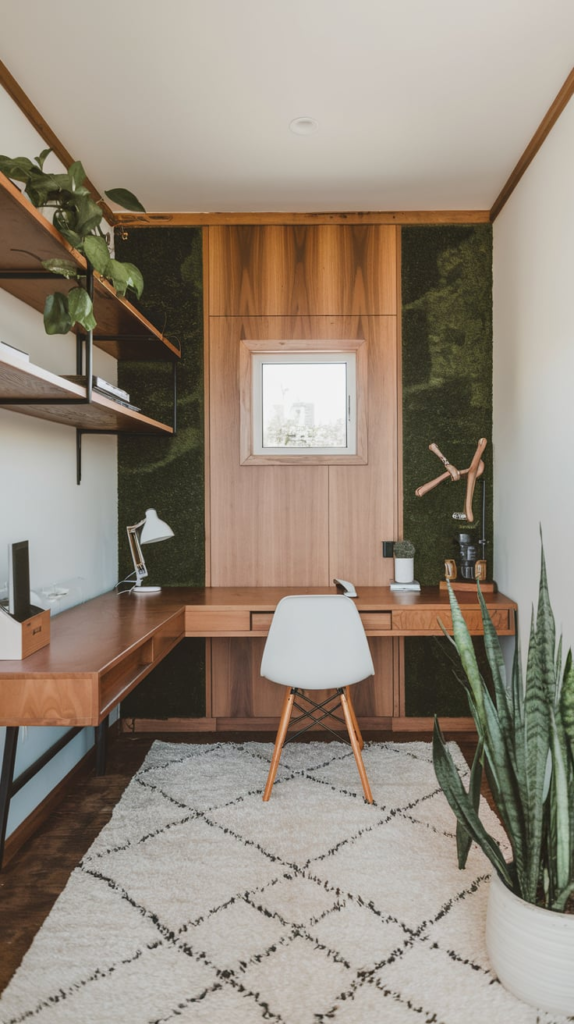
Modern offices are often filled with tech gadgets and cables, which can quickly create visual clutter. To maintain a minimalist look, use wireless devices whenever possible, and keep cables neatly organized with cord covers or under-desk cable management systems. Consider investing in a single, high-quality monitor instead of multiple screens to keep your desk neat and efficient.
10. Incorporate Minimalist Flooring
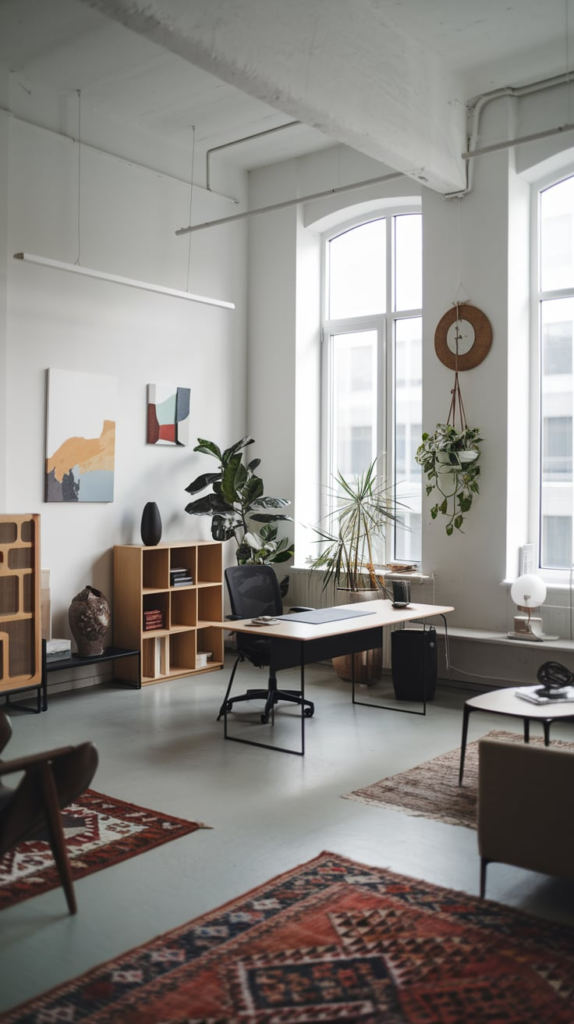
The flooring in your office plays a crucial role in setting the tone of the space. Wooden floors or polished concrete are excellent choices for a minimalist aesthetic. They’re neutral, easy to maintain, and can complement almost any furniture style. If you prefer carpeting, choose something neutral like gray or beige that won’t overpower the rest of the room.
11. Use Minimalist Lighting Fixtures
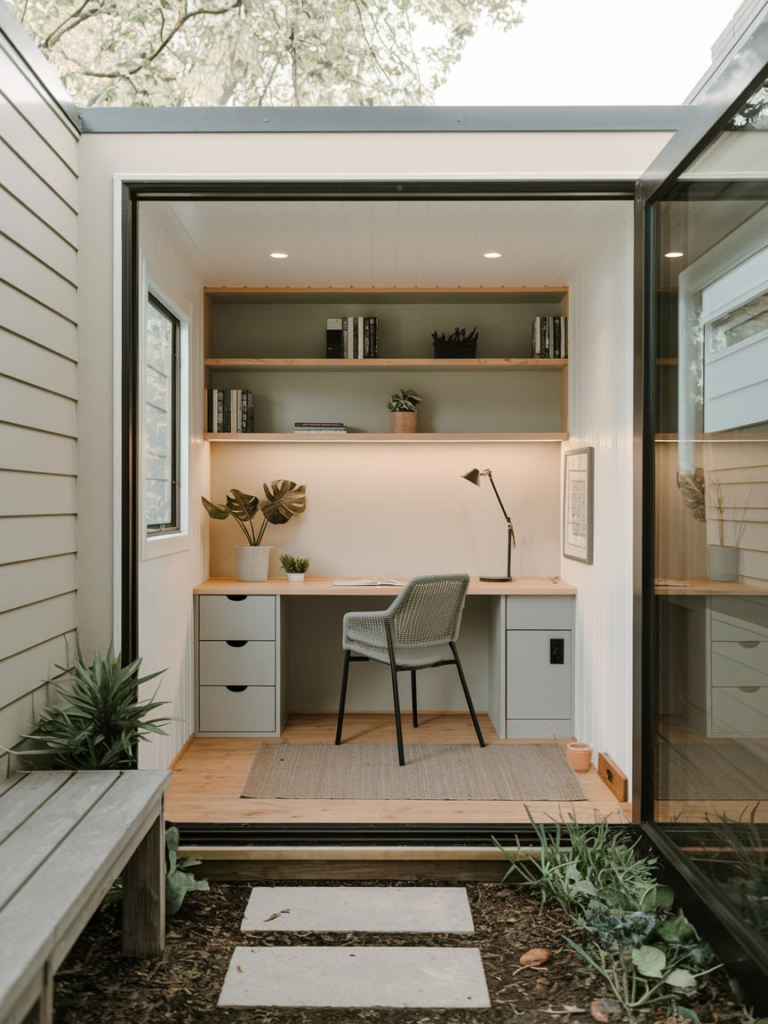
Lighting is a key element in any office design, and for a minimalist aesthetic, less is definitely more. Pendant lights, track lighting, and simple desk lamps with clean lines create a modern ambiance without overwhelming the space. Opt for adjustable lighting to control the brightness and set the right mood for different tasks.
12. Choose Functional Decor
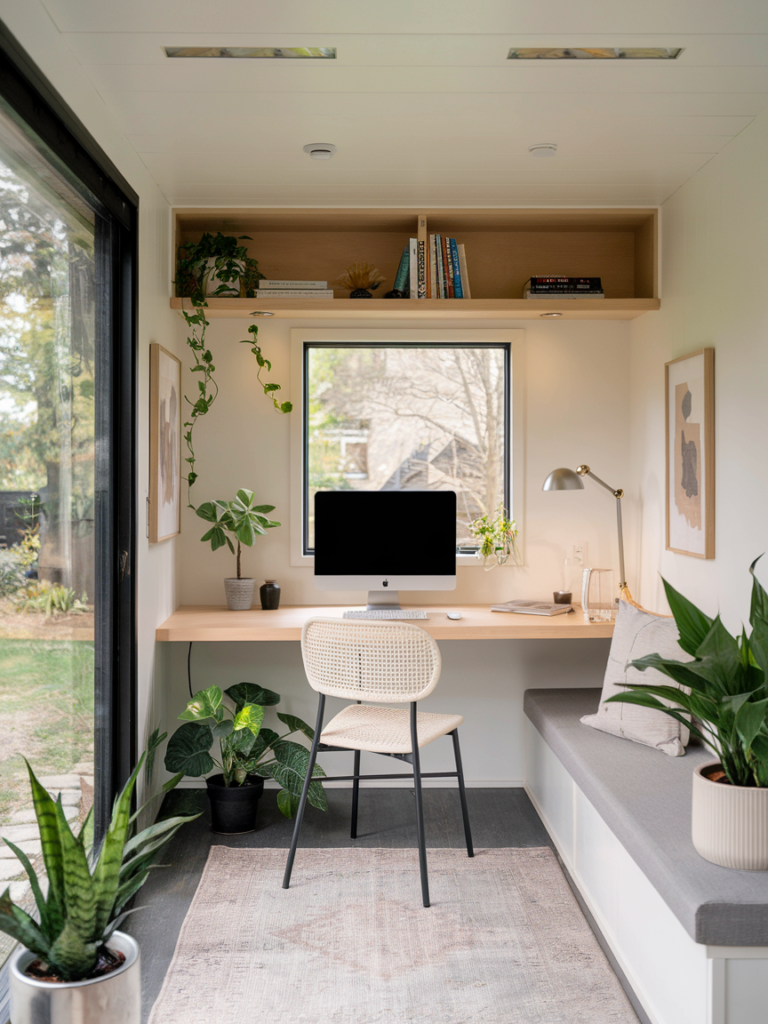
In a minimalist office, decor should serve a functional purpose. Clock, calendar, and storage solutions can add personality and practicality without cluttering the space. Look for items with clean lines and neutral tones that blend into the design rather than drawing attention away from the simplicity of the room.
13. Go for a Monochromatic Look
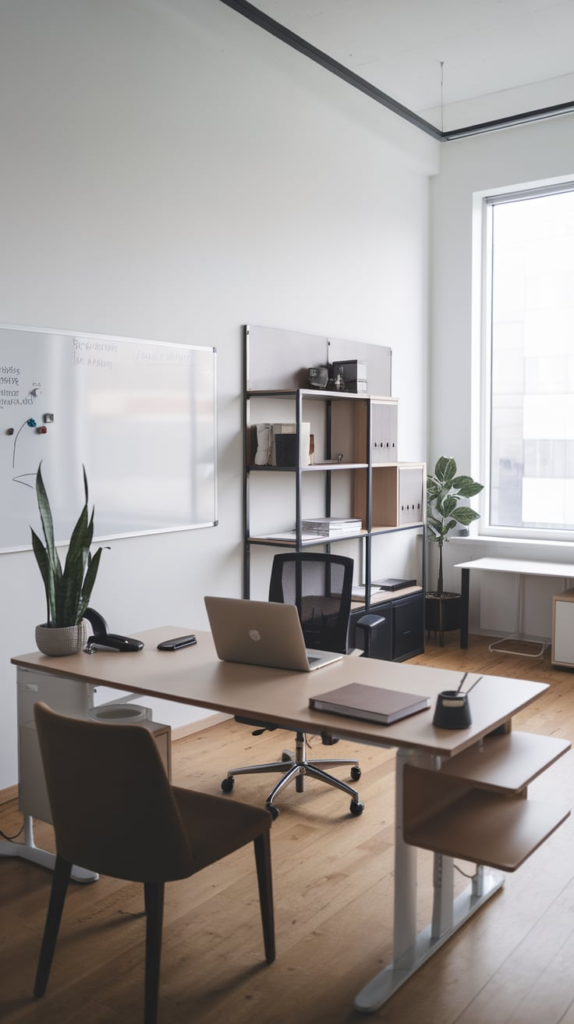
If you truly want to create a minimalist workspace, consider sticking to a monochromatic color scheme. This involves using varying shades of a single color, such as all shades of gray or black, to create a cohesive and calming environment. Monochromatic spaces can be visually striking and peaceful, allowing you to focus without unnecessary distractions.
14. Use Multi-Functional Furniture
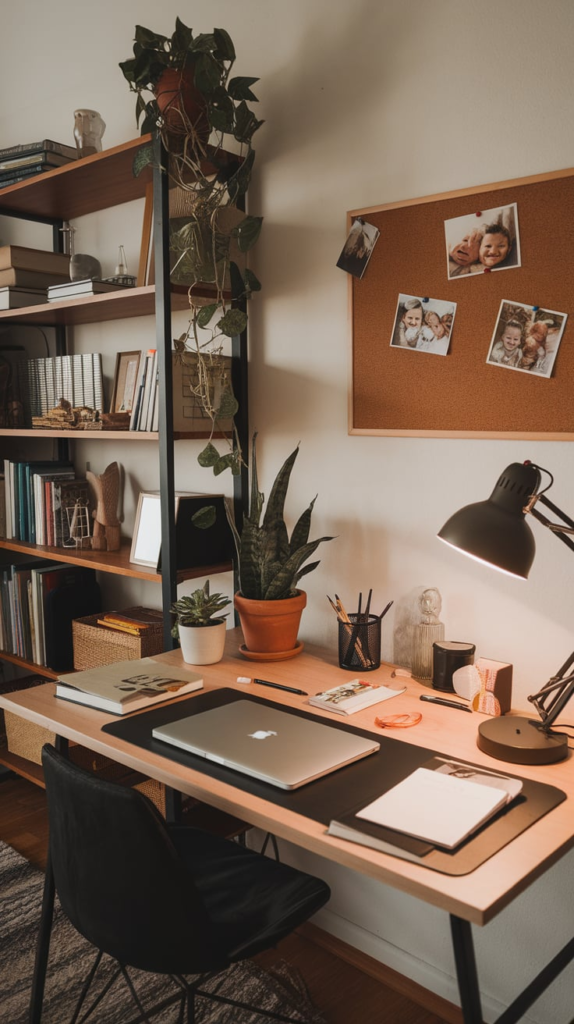
In minimalist design, the goal is to maximize functionality while minimizing clutter. Multi-functional furniture is perfect for achieving this. Look for desks with hidden storage, chairs that double as filing cabinets, or modular shelving units that can be customized to your needs. This way, you’ll have everything you need within reach without taking up extra space.
15. Keep Personal Items to a Minimum

While adding personal touches is important, minimalist design calls for restraint. Choose one or two personal items that add meaning to your space without overcrowding it. A favorite book, a framed family photo, or a small sculpture can serve as your personal touch, but don’t let them accumulate. Keeping things to a minimum ensures your space remains organized and calm.
16. Incorporate Glass Elements
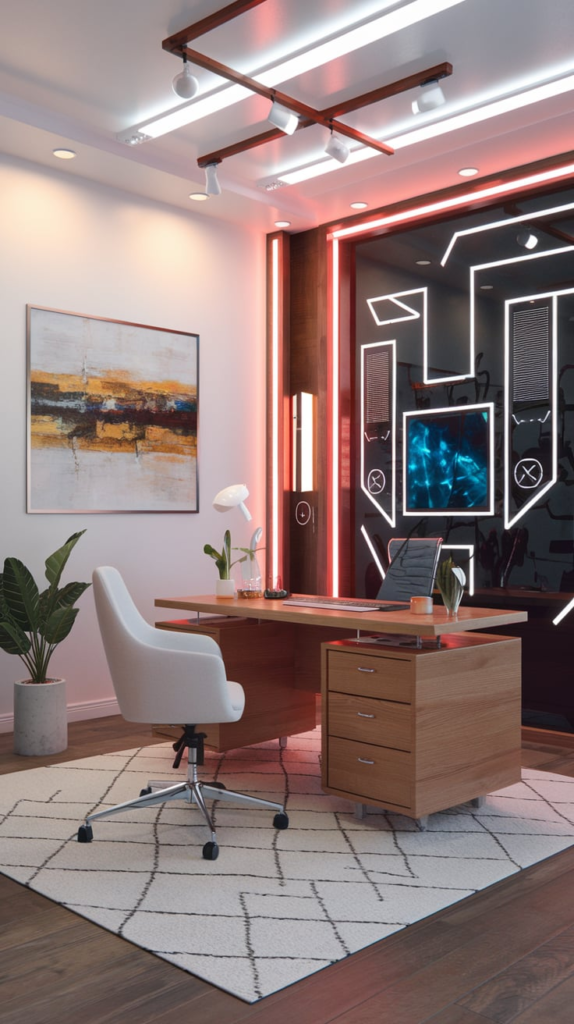
Glass elements, such as glass desks or glass shelves, contribute to a minimalist design by keeping the room feeling open and airy. Glass is also easy to clean and maintain, making it a practical addition to any office. You can pair it with other materials like metal or wood to add depth and texture without cluttering the space.
17. Create an Organized Filing System
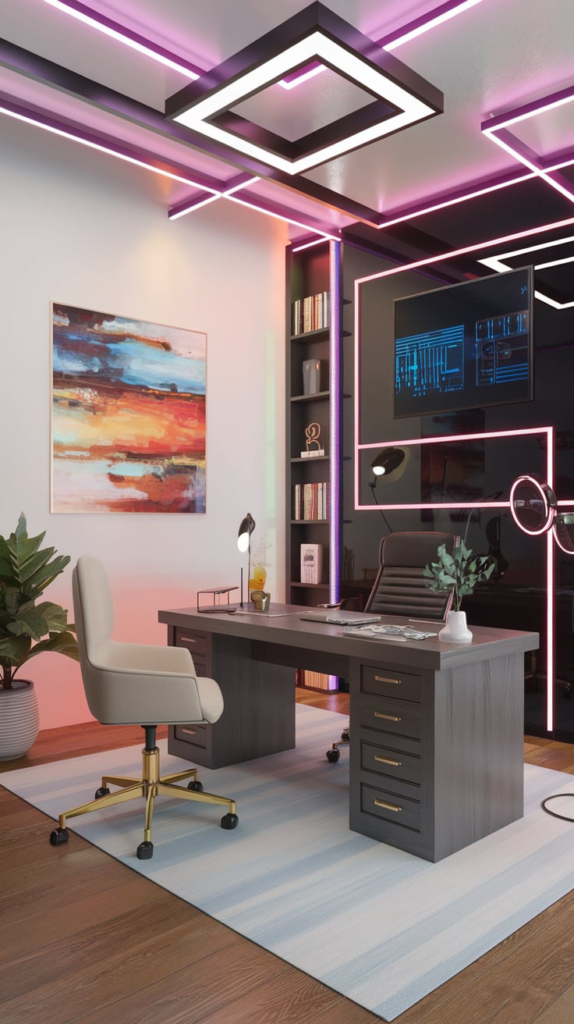
In a minimalist office, it’s essential to keep documents organized and out of sight. Consider investing in a sleek filing cabinet or using digital tools for paperless filing. If physical storage is necessary, opt for file boxes or drawer organizers that are simple and unobtrusive. Keeping papers tucked away ensures your workspace remains clean and efficient.
18. Add Texture with Fabrics
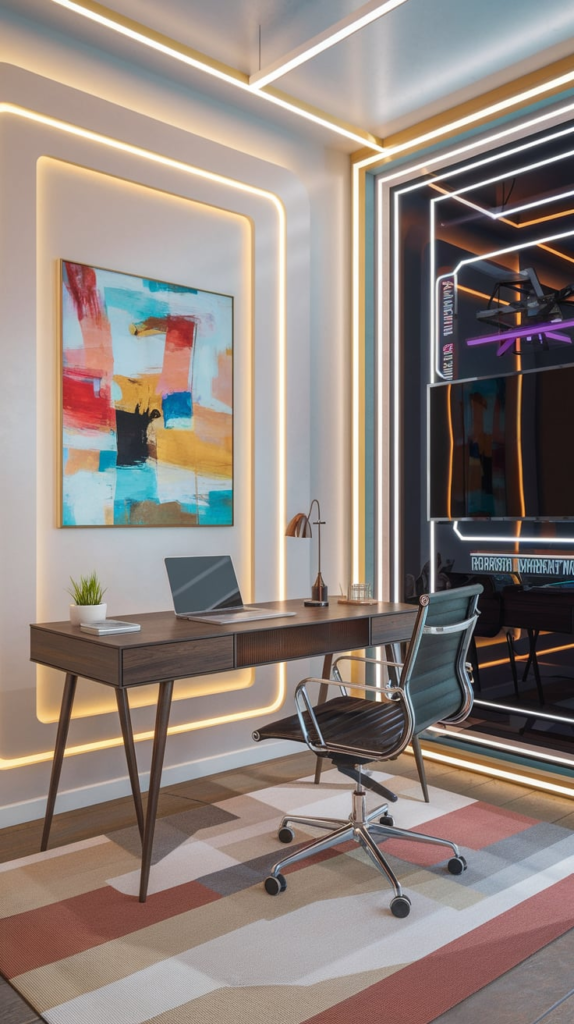
While minimalist design is about simplicity, textures can add warmth and comfort to the space. Consider incorporating textiles like wool throws, linen cushions, or a soft area rug to add depth and softness to your office. These elements can make the room feel cozy without disrupting the minimalist aesthetic.
19. Use Color Accents Sparingly
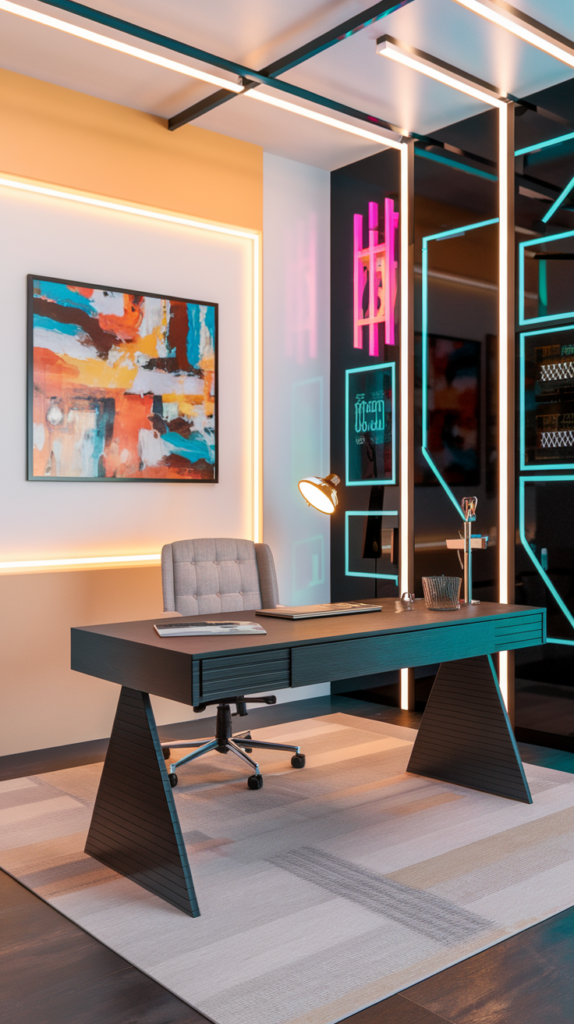
If you want to add a pop of color, do so sparingly. Rather than filling the room with bright hues, choose one or two accent colors that complement your neutral palette. This could be through a vibrant chair, a colorful piece of art, or decorative items like notebooks or vases. Just be sure not to overdo it—minimalism thrives on restraint.
20. Design for Ergonomics

A minimalist office should not only look good but feel good, too. Make sure your desk and chair are ergonomically designed to support long hours of work. Adjustable chairs, standing desks, and keyboard trays can all help you create a comfortable and healthy workspace that promotes productivity and well-being.
21. Opt for Floating or Wall-Mounted Furniture
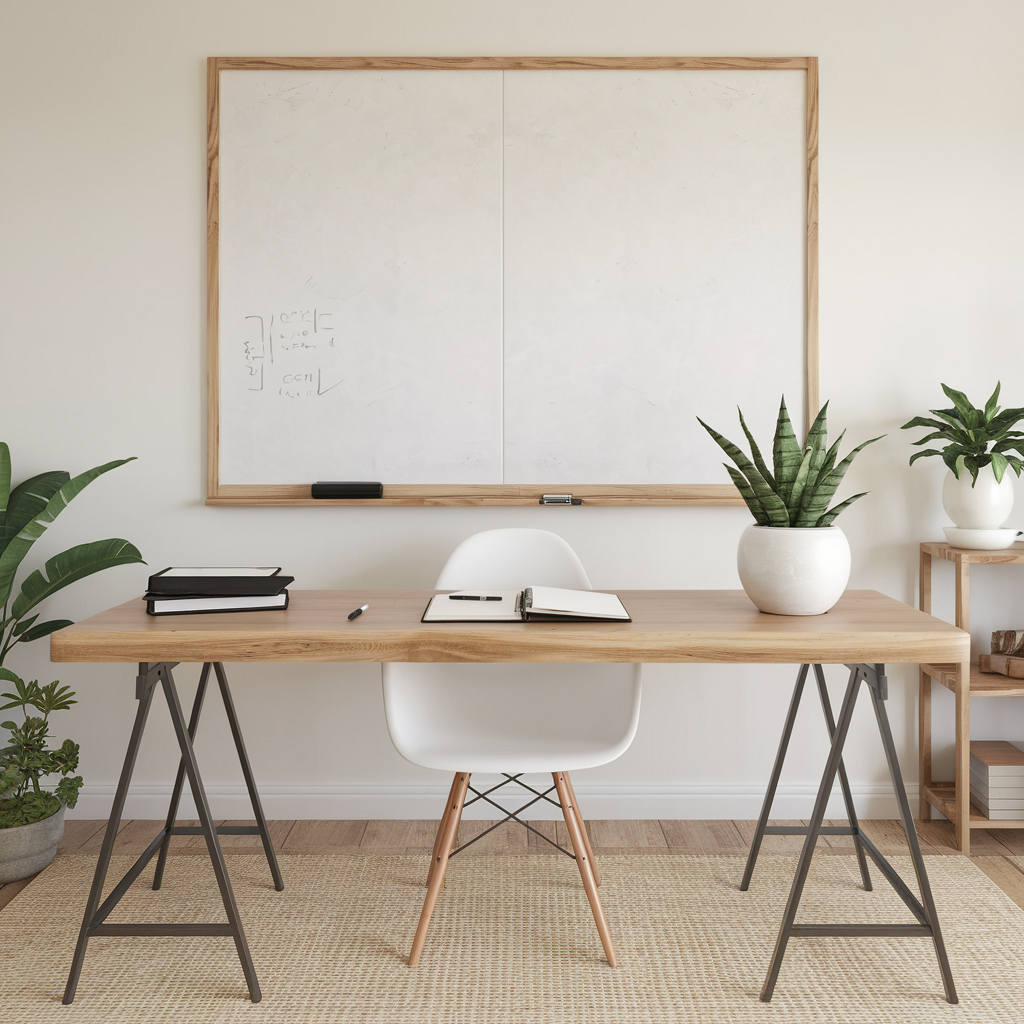
For a truly modern and minimalist office, consider floating or wall-mounted furniture. Wall-mounted desks, shelves, and even floating cabinets can help free up floor space, making the room feel bigger and more open. These pieces are ideal for small spaces and can give your office a clean, uncluttered look.
22. Incorporate Statement Pieces
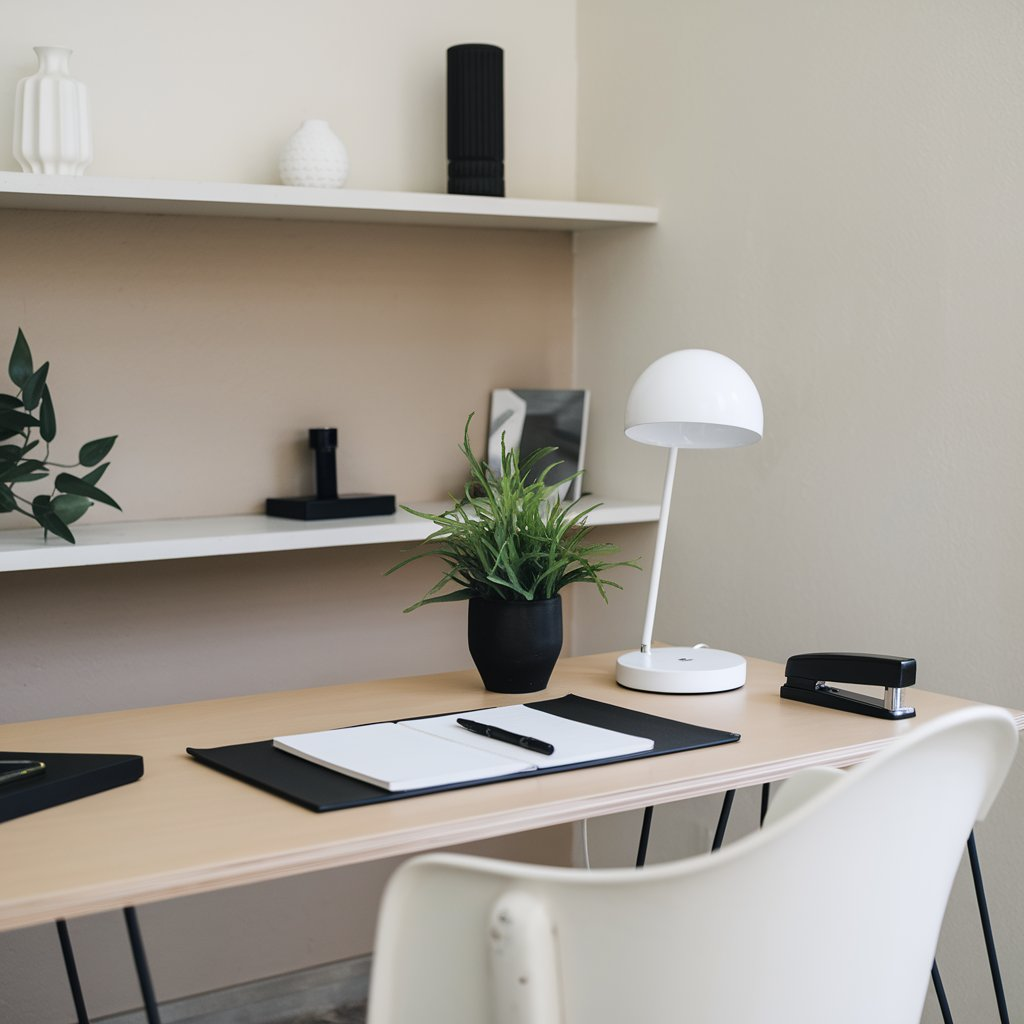
While minimalist design focuses on simplicity, that doesn’t mean your space has to be devoid of personality. A statement piece, such as a unique chair or a striking piece of art, can serve as the focal point of the room. Just be sure that the piece aligns with the minimalist theme, so it doesn’t overpower the room.
23. Consider the Layout
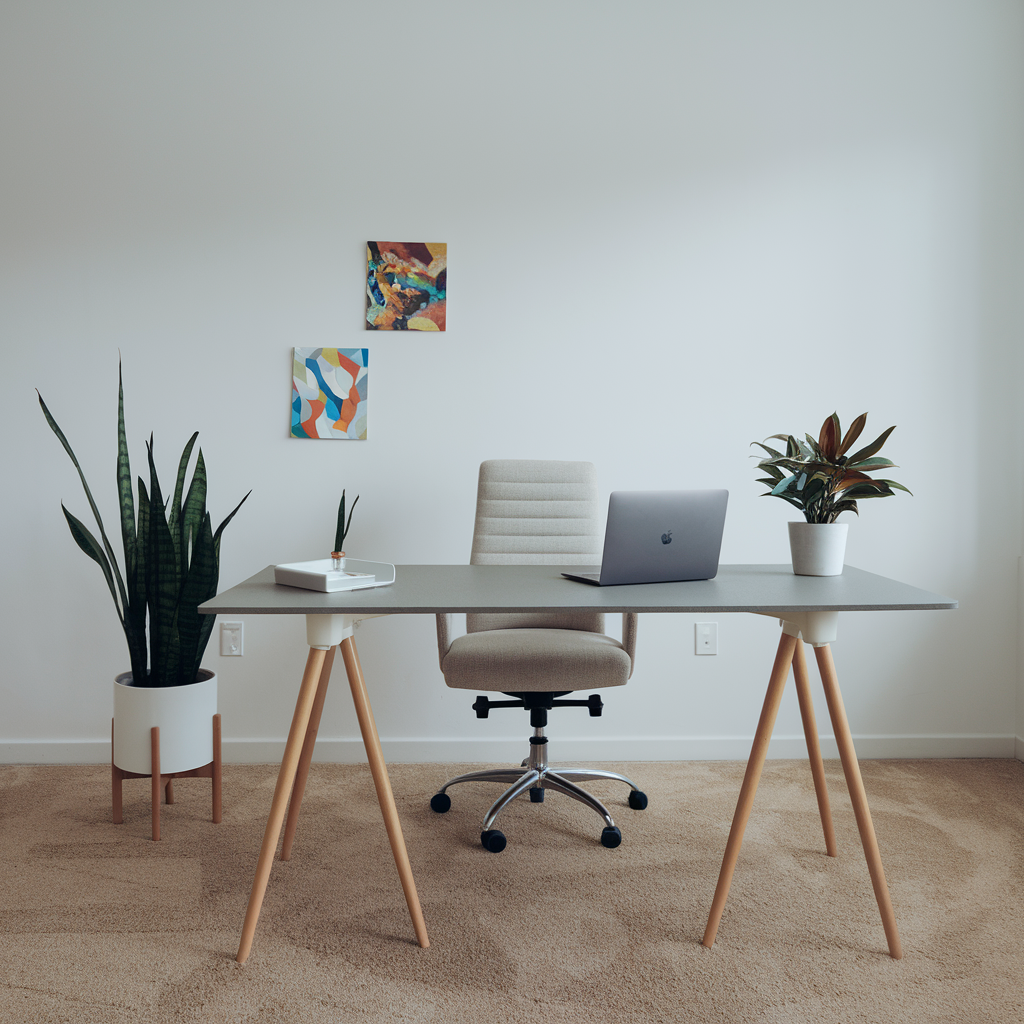
The layout of your office plays a significant role in its minimalist appeal. Avoid overcrowding the space with unnecessary furniture. Instead, focus on functionality and flow. Keep the desk centrally located, with enough space around it to move freely. A good layout will make your office feel spacious and organized.
24. Minimalist Office Accessories
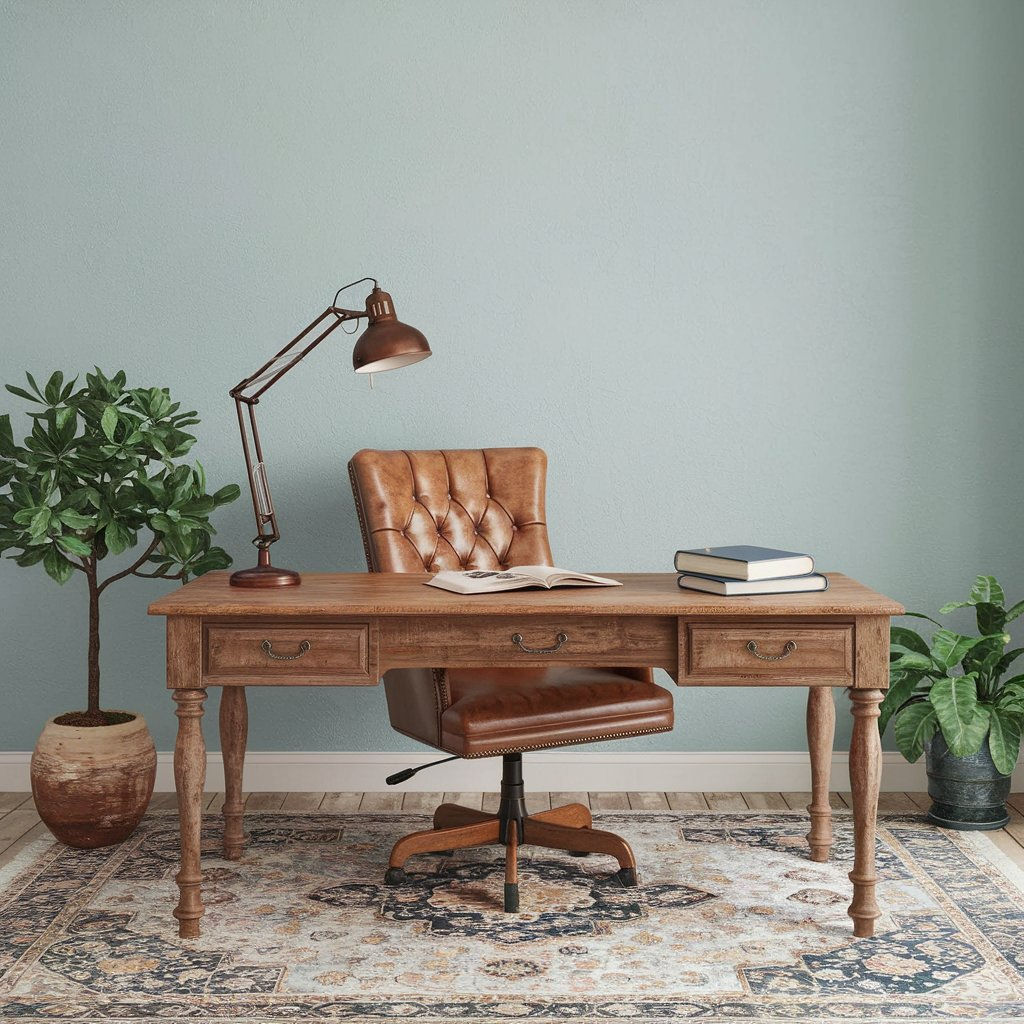
Instead of cluttering your desk with an assortment of accessories, focus on a few essential items. A simple clock, stylish lamp, and quality pen set can enhance the functionality of your space without contributing to clutter. The key is to choose accessories that are both beautiful and useful.
25. Use Modular Furniture
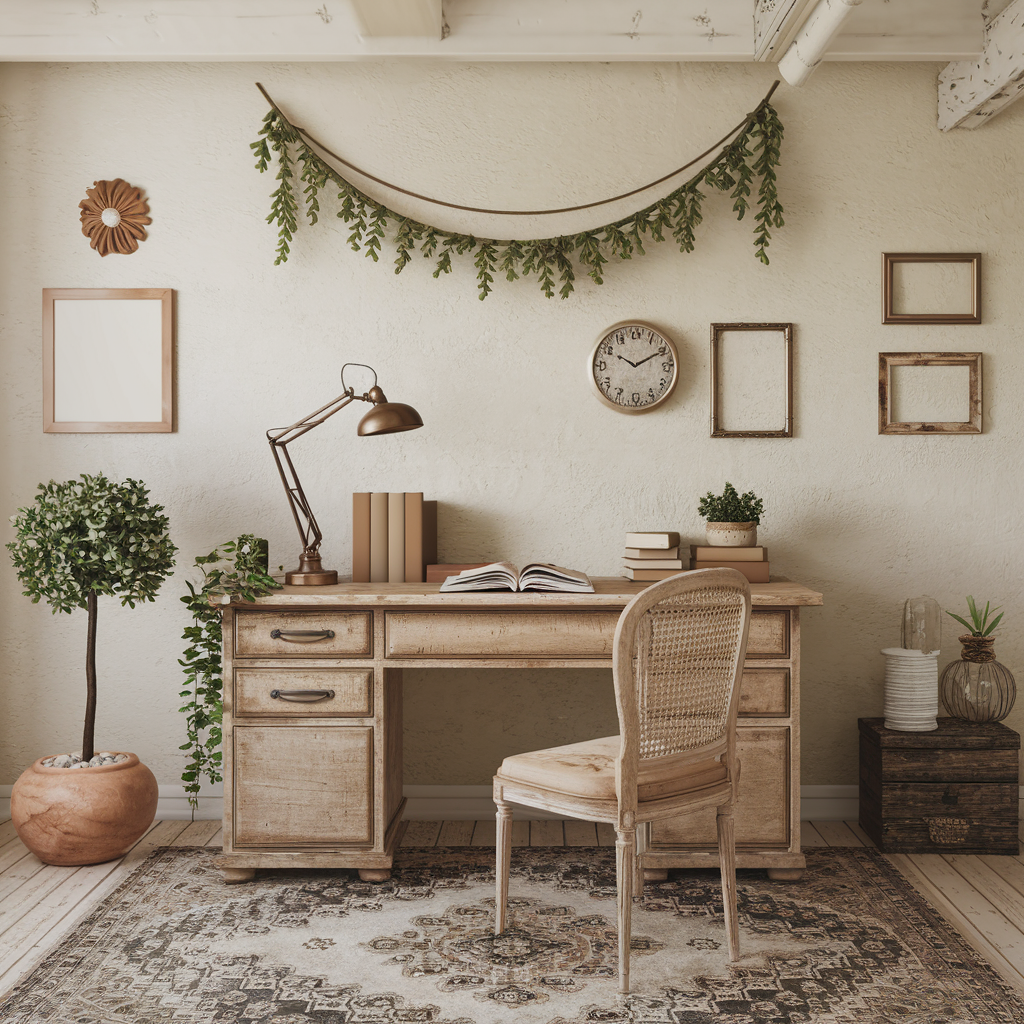
Modular furniture is a game-changer when it comes to minimalist design. It allows you to customize your workspace to fit your needs while maintaining a clean and cohesive look. Whether it’s a modular shelving unit or a configurable desk, this flexibility makes it easy to adapt your workspace as your needs evolve.
26. Keep the Floor Space Clear
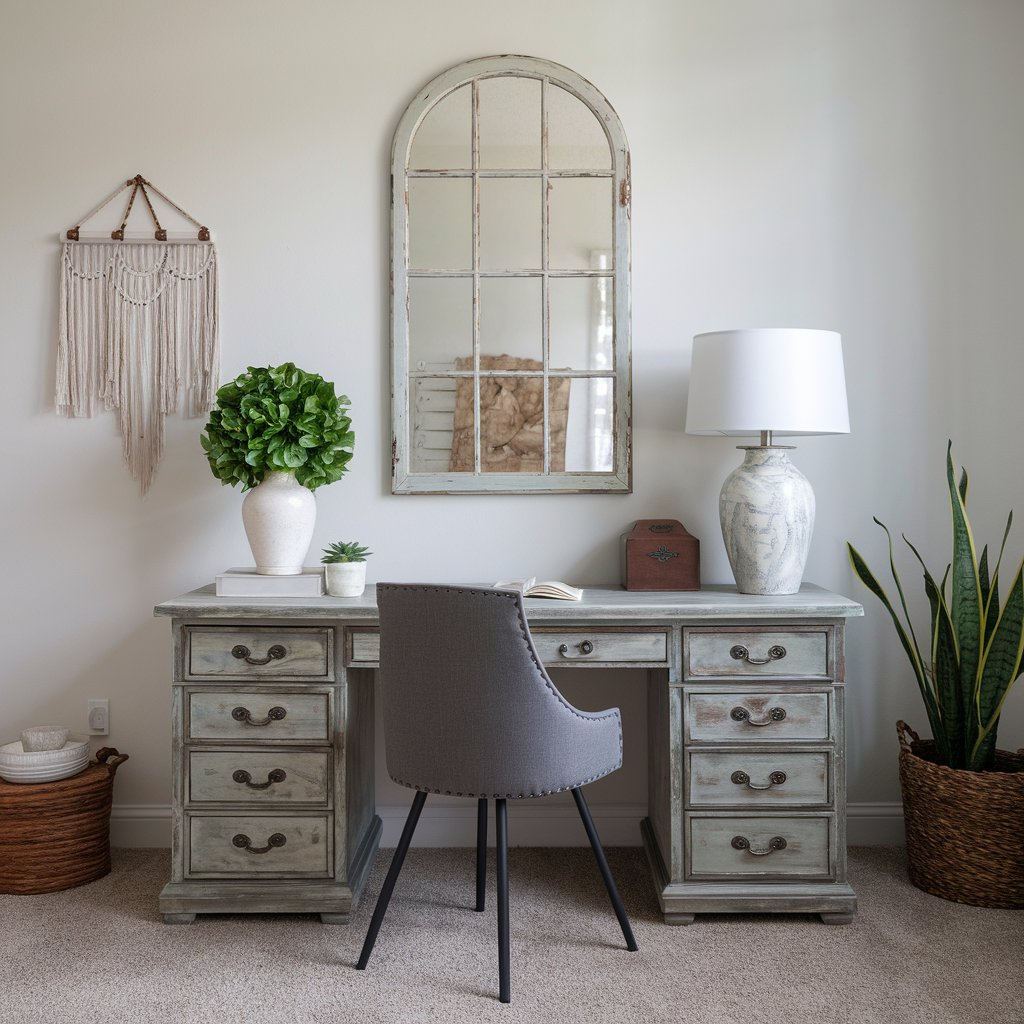
In minimalist design, the floor space is just as important as the furniture. Avoid piling up items on the floor, such as old boxes, bags, or other unnecessary things. A clear floor creates a sense of openness and contributes to the overall calm and organized feel of the room.
27. Invest in Quality, Not Quantity
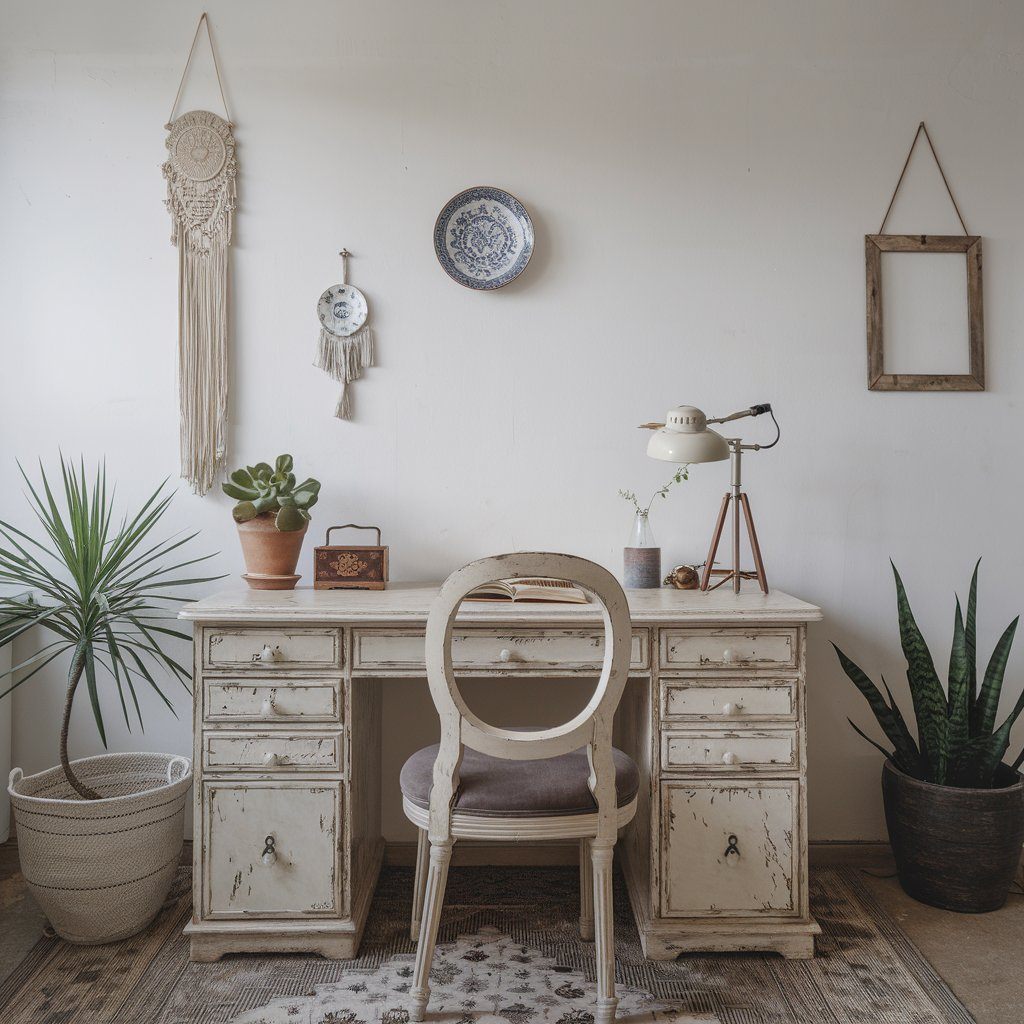
When it comes to minimalist office furniture, it’s often better to invest in a few high-quality pieces rather than filling the space with a large quantity of lower-quality furniture. Choose items that will stand the test of time, both in terms of durability and design. Quality over quantity leads to a more refined and functional workspace.
28. Keep Technology Out of Sight
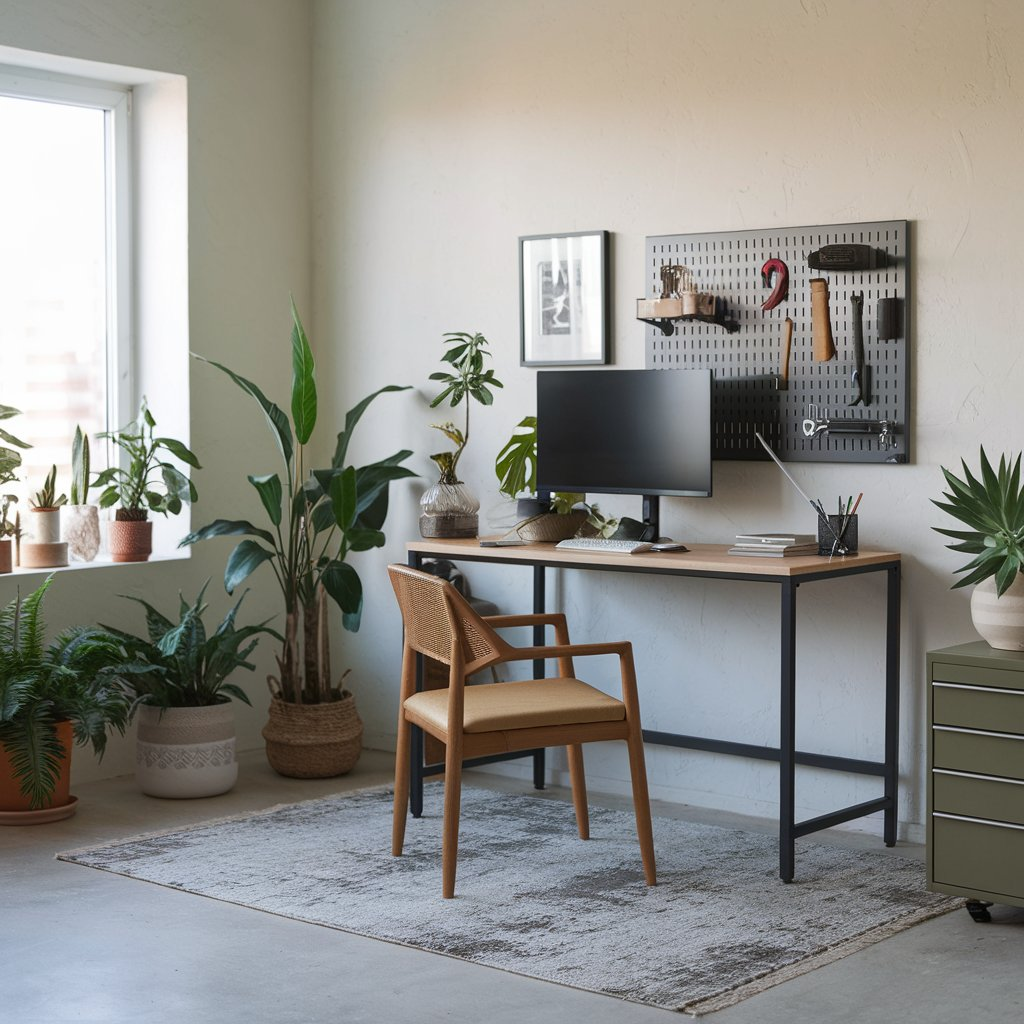
Minimize the visual clutter created by technology by keeping cables, chargers, and devices out of sight. Use hidden storage to tuck away extra tech gadgets when not in use, and consider concealed cable management systems to keep everything organized. This way, the focus stays on the essential elements of the room.
29. Personalize with Minimalist Decor
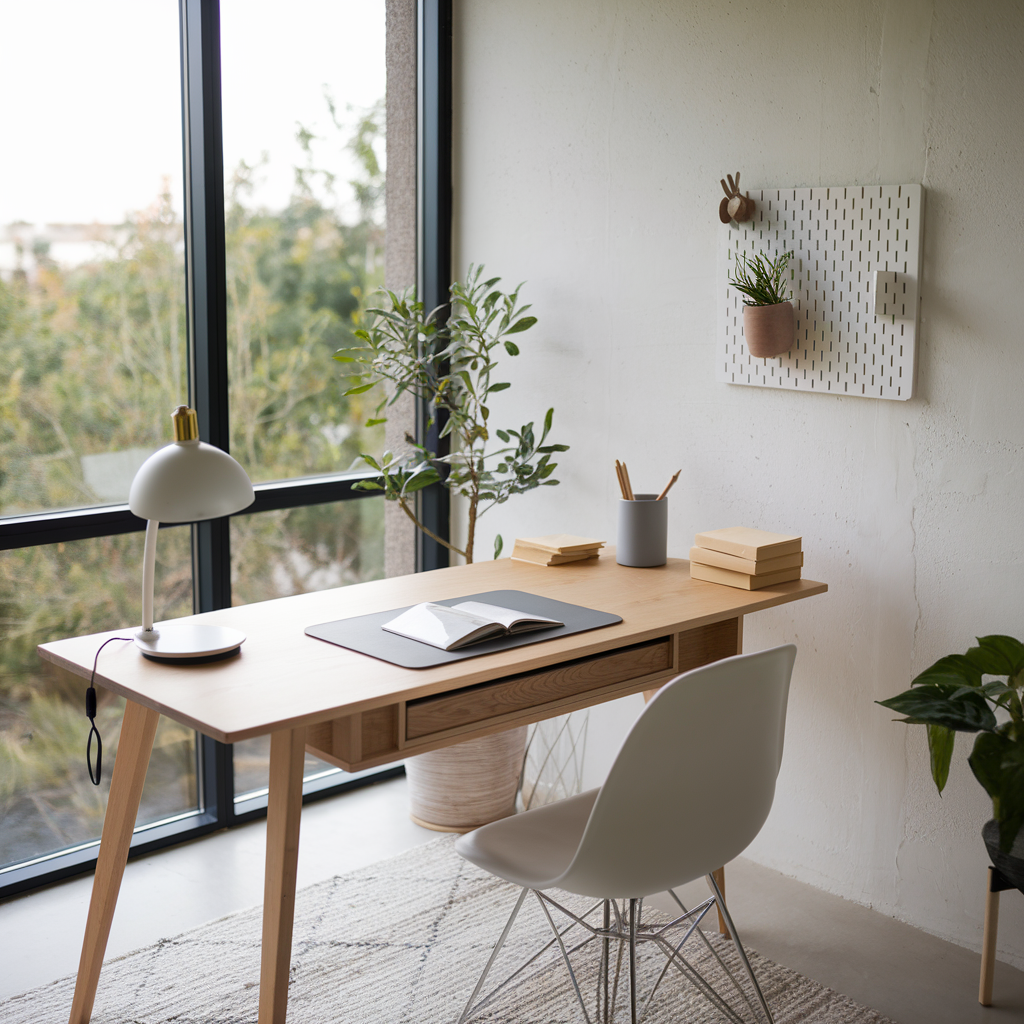
While minimalist design is about restraint, you can still make the space your own. A few well-chosen personal items, like a favorite book or a small plant, can add personality without overwhelming the space. Remember, it’s about balance—keep it simple and intentional.
Conclusion
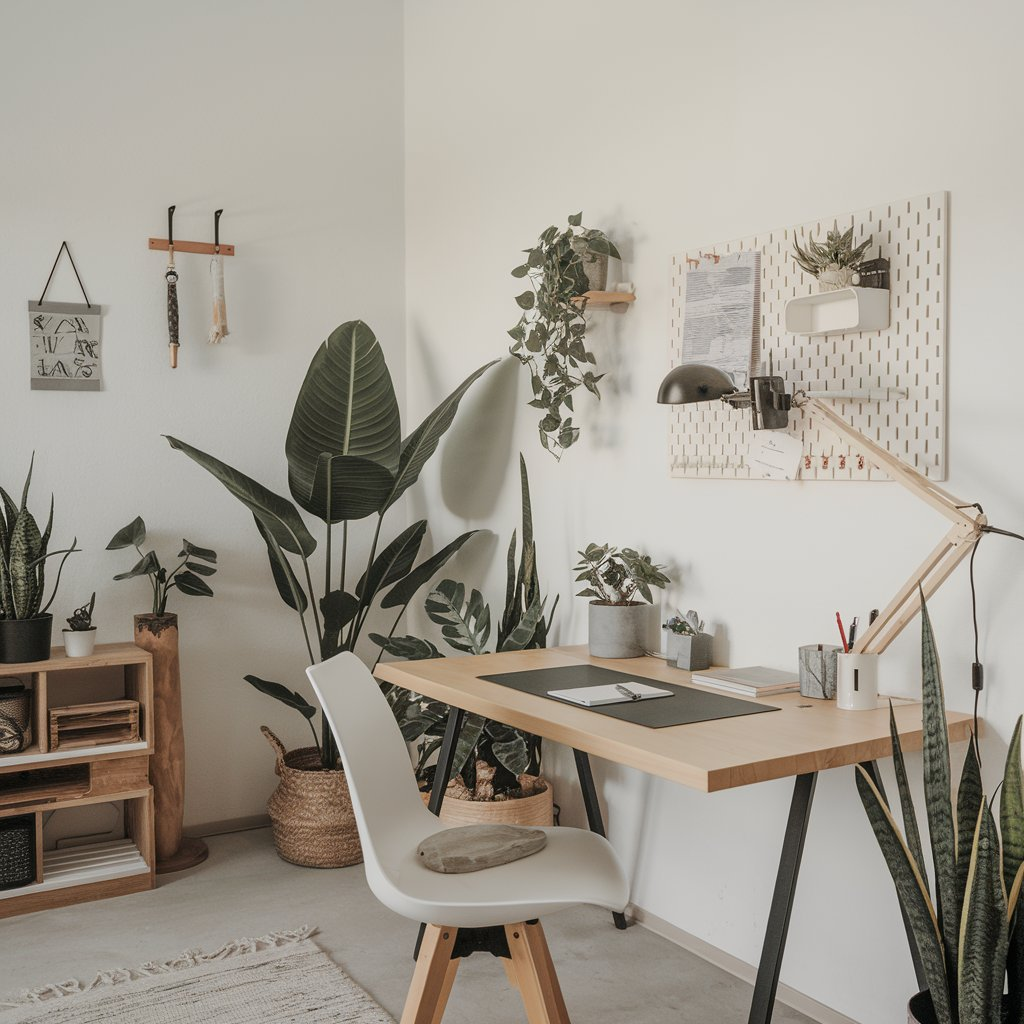
By incorporating these 29 minimalist office design ideas, you can create a workspace that not only looks beautiful but also supports your productivity, creativity, and well-being.
Whether you’re working from home or in a corporate environment, a minimalist office can provide the calm and clarity needed to do your best work.
